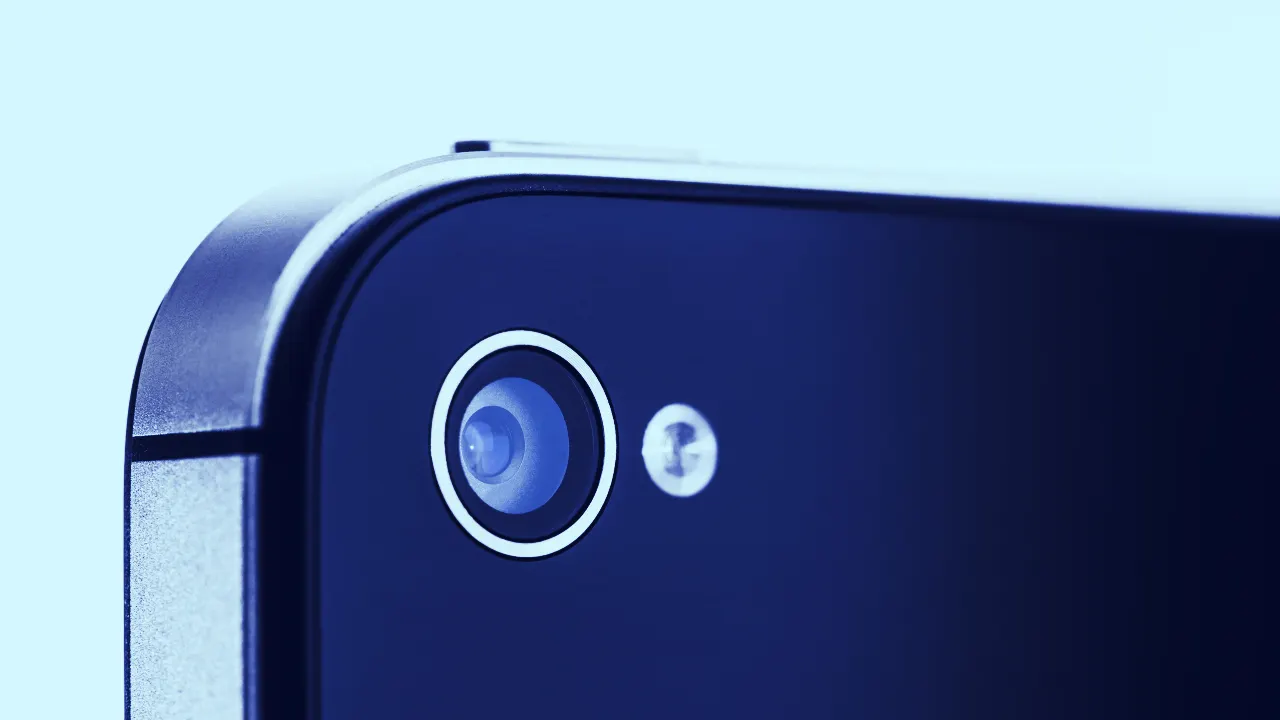For cryptocurrency exchanges, security is paramount. But for customers, jumping through the hoops is often vexing, frustrating, and slow.
The crypto exchange Binance, for instance, frequently asks its customers to complete virtual puzzles, thumb in codes from text messages or Google Authenticator screens, and qualify actions through reCaptcha, the irksome game that leaves you second-guessing your knowledge of fire hydrants, traffic lights, or trash cans.
ToothPic, a start-up that operates out of Turin, Italy, believes it has a better solution. It turns out that all smartphones are manufactured with microscopic imperfections within their cameras—invisible to the naked eye, but unique as fingerprints. ToothPic’s app, which it's been developing since 2018 and was showcased at CES 2020, identifies these imperfections, then fashions them into authentication keys.
“When a user wants to make, say, a Bitcoin transaction, instead of simply ‘signing’ that transaction using the key stored on his smartphone, he will use the wallet protected by our camera-sensor-fingerprinting technology to ‘unlock’ the key, and sign the transaction,”Giulio Coluccia, the 38-year-old founder of ToothPic, told Decrypt.
Should your phone break, you can use a backup and link the key to a new phone. It’s quick, uses existing tech, and it’s more secure, Coluccia said.
ToothPic, though still being developed, has lined up its first customer: Young, a small crypto exchange that’s part of the same incubator as ToothPic at the Politecnico di Torino (Turin Polytechnic). Diego D'Aquilio, Young's CMO, says he was so impressed by the product’s potential that he could see it becoming the go-to to authenticate transactions, and even be a replacement for Google Authenticator.
“We are waiting for them to have the final version,” he said. “Before we integrate, we need to be sure 100% about the security.”
ToothPic formed a partnership with Young, a cryptocurrency exchange that’s part of the same incubator at the Politecnico di Torino (Turin Polytechnic). D'Aquilio said he hopes to integrate the solution this year or next.

